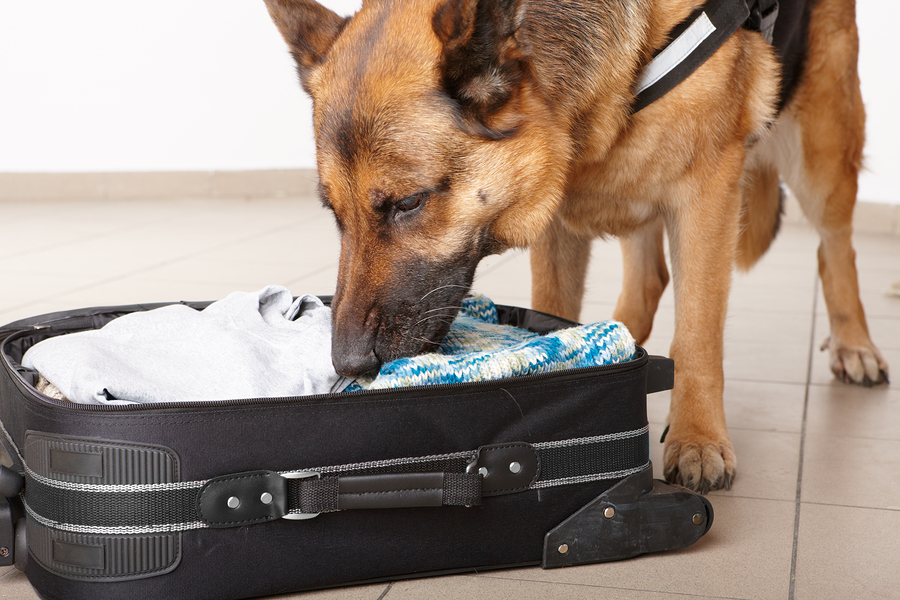While there is currently no national database to track the number of casualties, vets from the University of Illinois are working to correct that. However, thanks to data from Working Dog HQ, we do know that in 2015, 36 police dogs died from contact with heroin.
RELATED STORY:
But it doesn’t have to be like this, “Dr. McMichael and her fellow University of Illinois College of Veterinary Medicine colleague Dr. Ashley Mitek have developed the ‘Working Dog Treat and Transport protocol,’ which they describe as a guide of what to do if a dog overdoses,” and they are now training emergency medical personnel and first responders (EMTs need instruction in how to shave a paw to find a vein or how to clear a dog’s airway) to help.
RELATED STORY:
The correct medical intervention on the way to a vet hospital can be the difference between life and death, as overdosing dogs can lose consciousness and eventually stop breathing. Mitek and McMichael are also training law enforcement to administer Narcan to their dogs if they suspect exposure.
However, in the state of Illinois, none of this would have been possible without the passage of “a 2017 Illinois law legalizing the use of ambulances to transport police dogs when they are not needed for humans.” Currently, only a handful of states have passed laws to enable ambulance crews to transport dogs.
RELATED STORY:
If your state doesn’t have laws like this yet, contact your representatives and urge them to pass one. Remember, they aren’t taking ambulances away from humans, just using the empty ones for dogs.
These sweet animals are so much more than just dogs, they are canine heroes who risk their lives for us. We need to do more to protect them.












